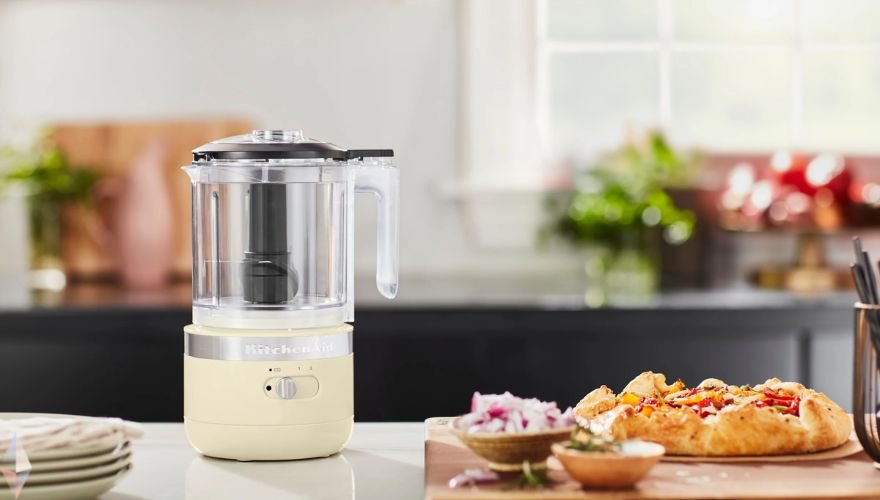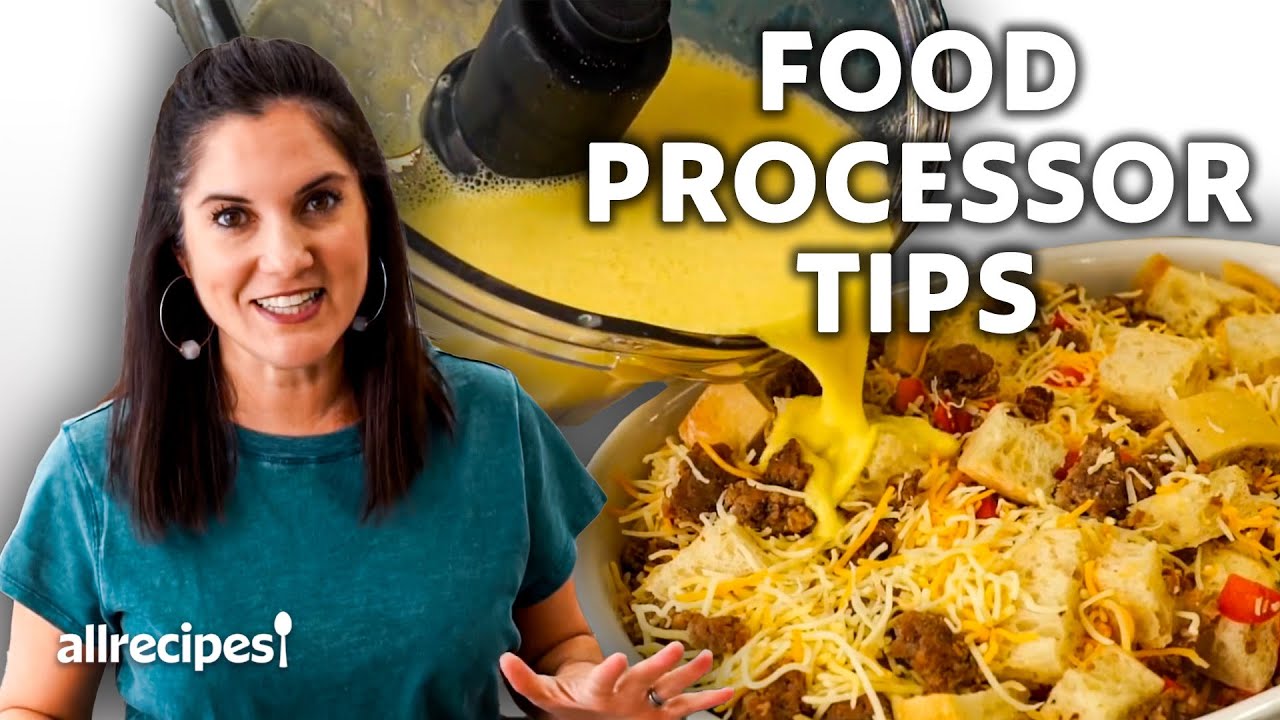What should you not put in a food processor?
A food processor is a powerful tool that can help you prepare meals quickly and efficiently. But there are some things you shouldn't put in your food processor, as they can cause damage to the unit or turn into mush. The following items should not be placed in a food processor.

1. BOILED EGGS
Boiled eggs are too hard for a food processor to handle. The shells are especially difficult for the blades to cut through, and the heat from the motor or liquid can damage them as well. It's best to avoid using boiled egg whites in your recipe if possible.
2. HOT LIQUIDS
Hot liquids can cause the food processor to overheat. This can lead to a leak in your food processor, which could result in a mess on your counter or even break down the parts of the machine. Hot liquid can also cause an explosion in your food processor because it's so hot that it causes steam pressure inside of it.
3. WHOLE SPICES
If you’re looking for a way to use whole spices in your cooking, food processor or no, there are a few options. First, the spice can be ground in a mortar and pestle. This may take some effort, especially if it’s an aromatic spice like coriander seed or cumin seed, which tend to be harder than black peppercorns. You could also opt for pre-ground spices from the store—though these often contain undesirable oils and additives that will affect the flavor of your dish. Ground spices are best used when cooking; they lose their aroma as soon as they come into contact with air and water (the latter being key when using fresh ingredients). Whole spices are best used in soups and stews where their flavors can infuse without being lost under pressure from heat or steam.
4. COFFEE BEANS
You may also use your food processor to grind coffee beans. However, you should not put the entire bean into your food processor. The hard outer shell of the bean will damage your blades and create a mess.Instead, you can put whole coffee beans into a separate grinder for grinding purposes. This will prevent any damage to your food processor and make sure that all of its parts are in good condition for years to come!
5. LARGE AMOUNTS OF HERBS
You might think that adding a large amount of herbs to your food processor would result in a nicely chopped herb, but that's not the case. The herbs will certainly be chopped, but they'll also be pulverized into little bits. If you want finely chopped herbs, consider chopping them by hand before putting them in the food processor (and if you're only using one or two pieces of garlic, this is definitely the way to go).
6. CRUSTY BREAD
Crusty bread can be a stubborn food to process, as the crust is too hard for the processor to handle. You may try slicing the crust off first or baking in a low oven first to soften it up before processing.
7. FROZEN INGREDIENTS
If you’re looking to make a fresh, summertime smoothie that’s thick and creamy, frozen fruits are the way to go. The blending process can cause ingredients like bananas and avocados to turn brown when they’re thawed out, so freezing them in advance will help keep your drink looking its best. The same goes for veggies—think spinach or kale—which will keep their color and flavor much better if they're frozen before being combined with other ingredients.However! Just because you’ve got some frozen ingredients doesn't mean you should throw everything else in there too. If all of your food processor's blades are covered with ice crystals from frozen foods, not only may this impede its ability to process your other foods properly but also it could cause them (and potentially yourself) injury from flying shards of ice shards!
8. ICE OR ICE CREAM
Ice and ice cream, for example, are too cold for the food processor to handle. If you try to work with ice or ice cream in your food processor, it will overheat and burn out. Additionally, it will not be able to mix the ingredients properly because they’re too solid at room temperature.
9. MASHED FOODS
The food processor doesn't do well with mashed foods, like potatoes. It's too wet and will clog the blades. Mashed foods can be made in a blender, which has its own set of pros and cons (the blender is more versatile, but it needs to be cleaned frequently).
Know the limitations of your food processor
Food processors are designed for a specific purpose: pureeing and mixing. While some properties of your food processor may make it possible to grind, chop, or slice ingredients, this is not the intended function of the appliance. Food processors were not designed to perform these tasks.There are many different types of food processors available on the market today, but they all have one thing in common: they will overheat if you try to use them in ways that they weren't intended for. For example, using an electric hand mixer to grind chicken meat will cause the device's motor to overheat and potentially burn out completely if continued for long enough periods of time (more than five minutes).
Conclusion
We hope this guide has helped you to understand what your food processor can and cannot do. It's important to know the limitations of your machine so you don't waste time or money on something that will not work for what you need it for. One more thing: remember that even if a recipe calls for an ingredient that is normally too tough for most food processors (such as breadcrumbs), there are ways around it! You can still make your favorite recipes with minimal effort by using a few tips we've outlined here today such as substituting something else in place of those tough ingredients or using smaller amounts so they don't overpower everything else going on inside.

